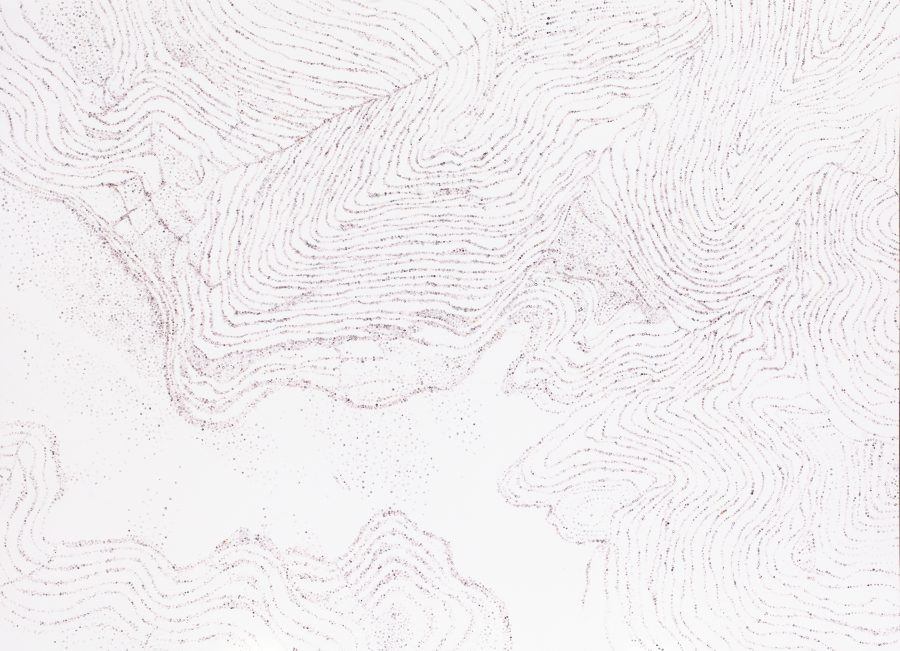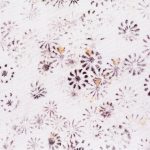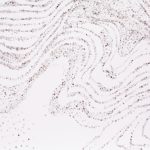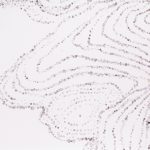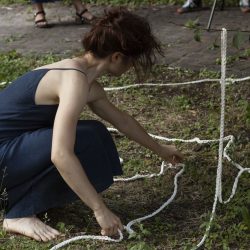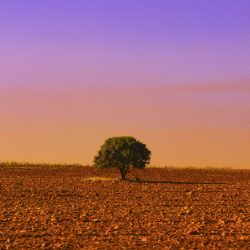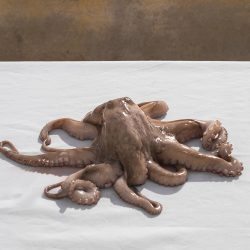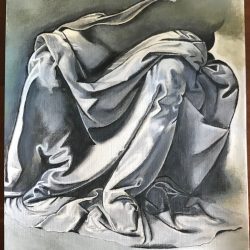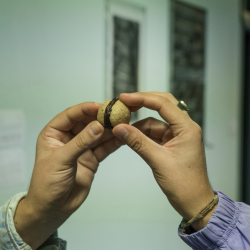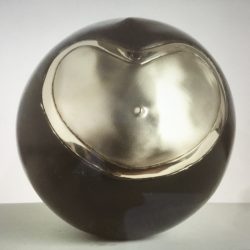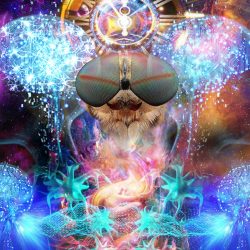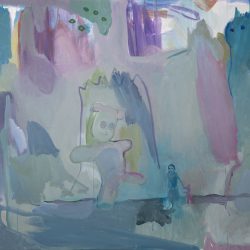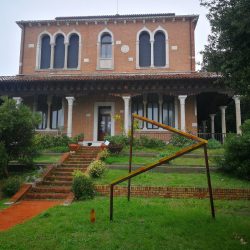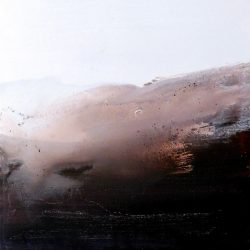work
Mappa geomorfologica
| category | Drawing |
| subject | Landscape, Nature |
| tags | |
| base | 297 cm |
| height | 220 cm |
| depth | 4 cm |
| year | 2022 |
Geo morphological map, poppy capsules pressed on cotton canvas, 220 x 297 cm, 2021/2022, ph. Diego Barsuglia
These poppy capsules drawings represent a ritual, open cycle that has began in 2008 and that starts again with each flowering season.
The hybrid and contaminated landscape of the Tuscan countryside is very far from its idealized image.
Poppies no longer grow among the grain due to selective pesticides, instead we can find them in abandoned fields in vacant and residual spaces, in construction sites, along the railways. This wild and pioneer plant, like an ancient persistence, goes on growing in the fragmented countryside around my studio.
I use the capsules to draw large maps of the rural and urban areas where I'm used to collect them.
Each capsule is a matrix, which leaves a sign different from the other, a “natural pixel” that composes the images, marks the level curves and traces the diagram of space and time.
In the mysterious trace in the shape of a star or a cross settles the memory of the childhood game of tattooing hands with its violet mark but also the ancient symbology, deeply rooted throughout the Mediterranean which sees in the poppy a flower that can open the doors to other worlds.
These maps remind me about the historical collection of large-scale maps, such as the Sala delle Carte geografiche in Palazzo Vecchio, geographical restitutions to be explored and drawn into. Unlike sixteenth-century maps, however, these maps do not show distant and conquered places, but tell us about the inextricable relationship between vegetal geography and human geography, they restore us to a supporting role, to new relationship possibilities, and they suggest new geographies and configurations.
Following the natural cycle of the flower I'm used to collect the poppies in different places and moments of the season, moving in space like an animal, I use the fresh capsules with their natural pigment that changes over time while at the end of the season Iusually collect the dried capsules which I use instead dipped in the ink and which leave a decisive, clear, graphic mark. Each map can take between one and two years (flowering seasons) to be completed. Each year at the end of the season I return the seeds to the landscape for new blooms and drawings.
These poppy capsules drawings represent a ritual, open cycle that has began in 2008 and that starts again with each flowering season.
The hybrid and contaminated landscape of the Tuscan countryside is very far from its idealized image.
Poppies no longer grow among the grain due to selective pesticides, instead we can find them in abandoned fields in vacant and residual spaces, in construction sites, along the railways. This wild and pioneer plant, like an ancient persistence, goes on growing in the fragmented countryside around my studio.
I use the capsules to draw large maps of the rural and urban areas where I'm used to collect them.
Each capsule is a matrix, which leaves a sign different from the other, a “natural pixel” that composes the images, marks the level curves and traces the diagram of space and time.
In the mysterious trace in the shape of a star or a cross settles the memory of the childhood game of tattooing hands with its violet mark but also the ancient symbology, deeply rooted throughout the Mediterranean which sees in the poppy a flower that can open the doors to other worlds.
These maps remind me about the historical collection of large-scale maps, such as the Sala delle Carte geografiche in Palazzo Vecchio, geographical restitutions to be explored and drawn into. Unlike sixteenth-century maps, however, these maps do not show distant and conquered places, but tell us about the inextricable relationship between vegetal geography and human geography, they restore us to a supporting role, to new relationship possibilities, and they suggest new geographies and configurations.
Following the natural cycle of the flower I'm used to collect the poppies in different places and moments of the season, moving in space like an animal, I use the fresh capsules with their natural pigment that changes over time while at the end of the season Iusually collect the dried capsules which I use instead dipped in the ink and which leave a decisive, clear, graphic mark. Each map can take between one and two years (flowering seasons) to be completed. Each year at the end of the season I return the seeds to the landscape for new blooms and drawings.



